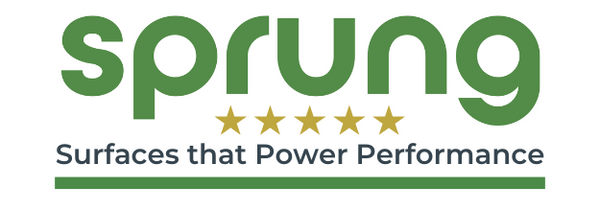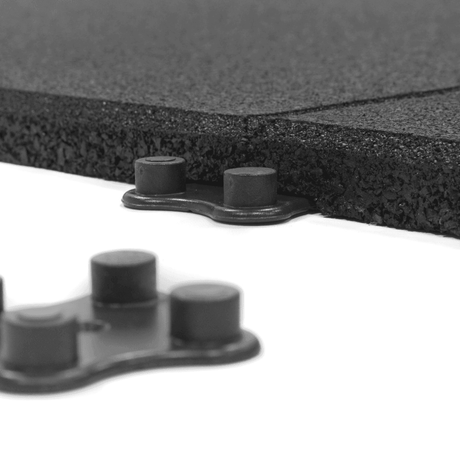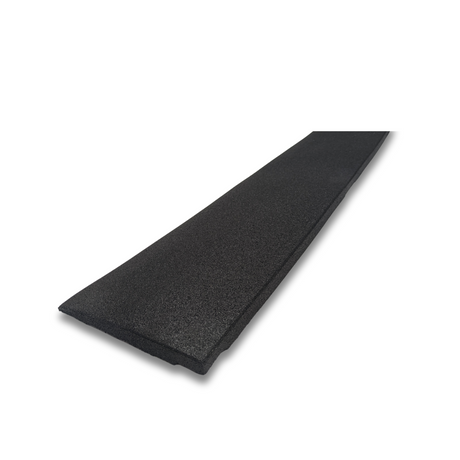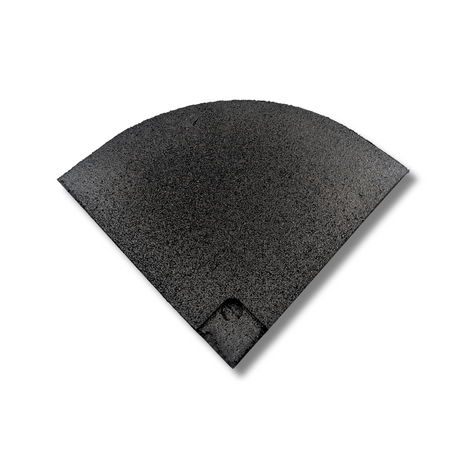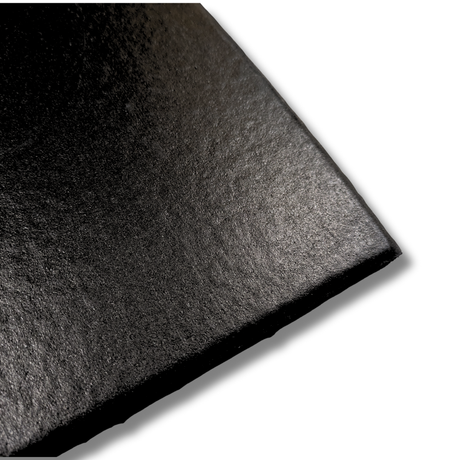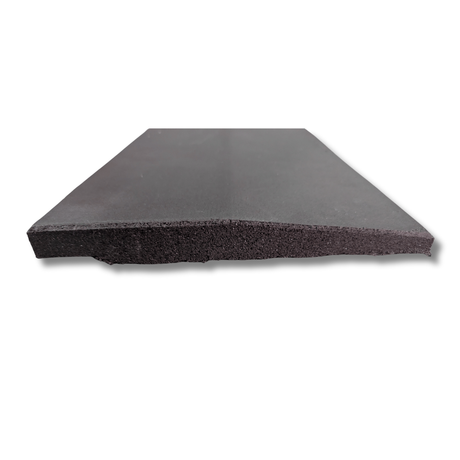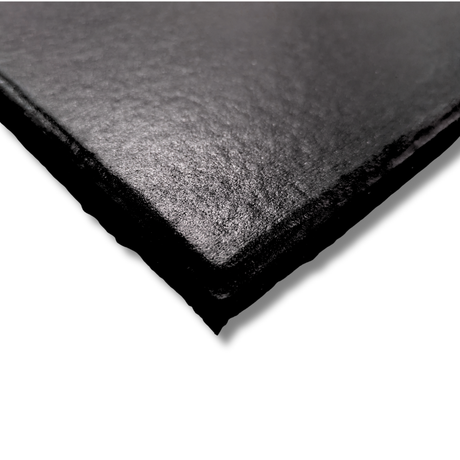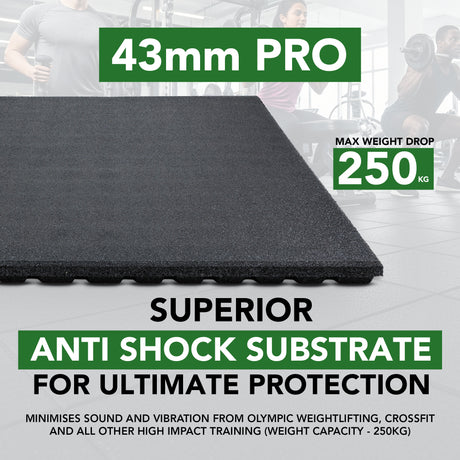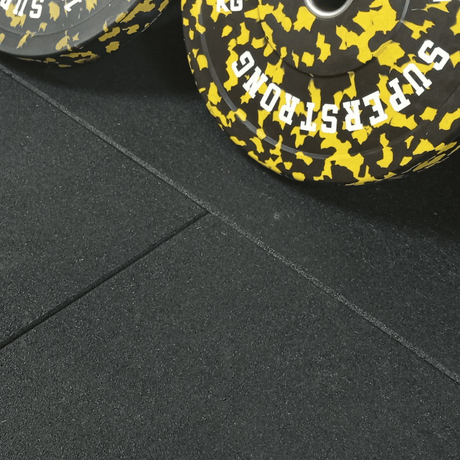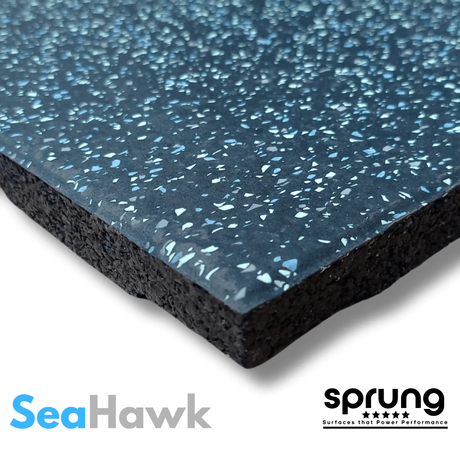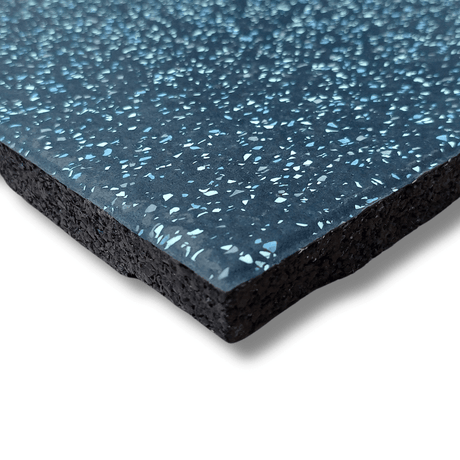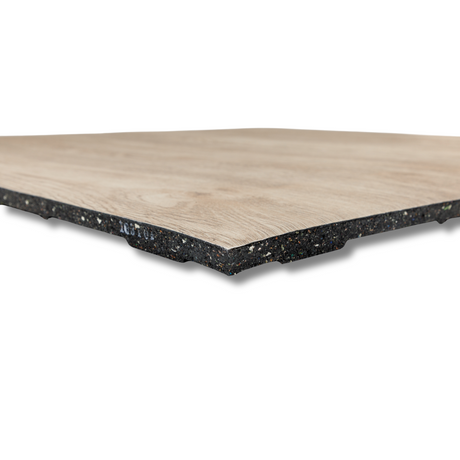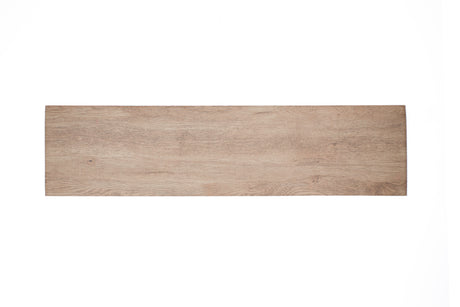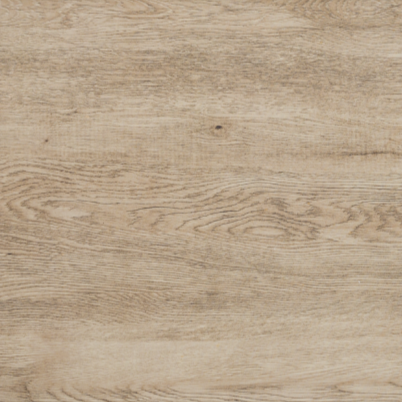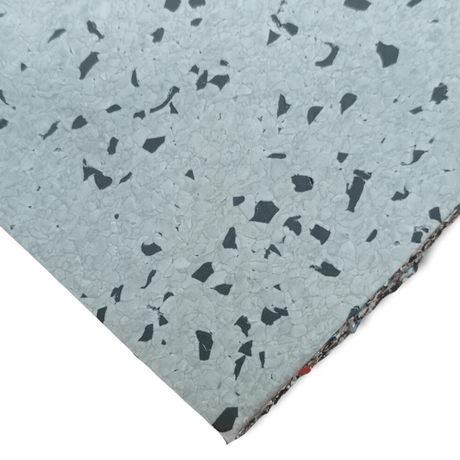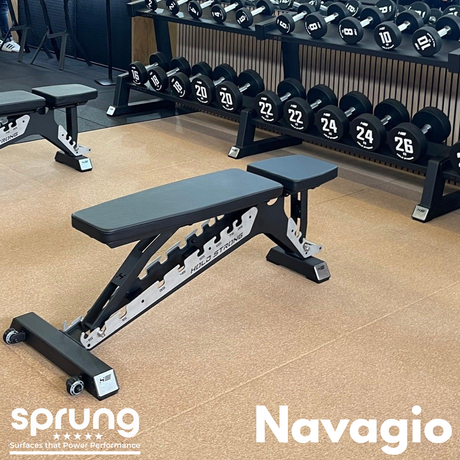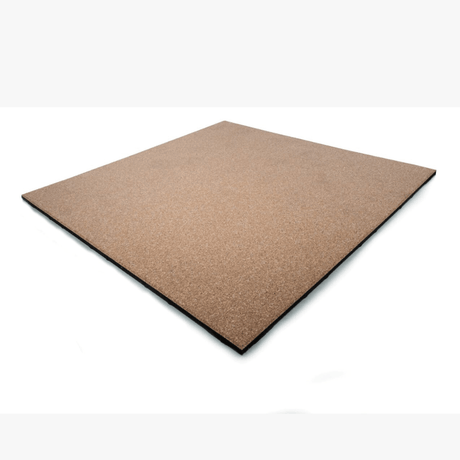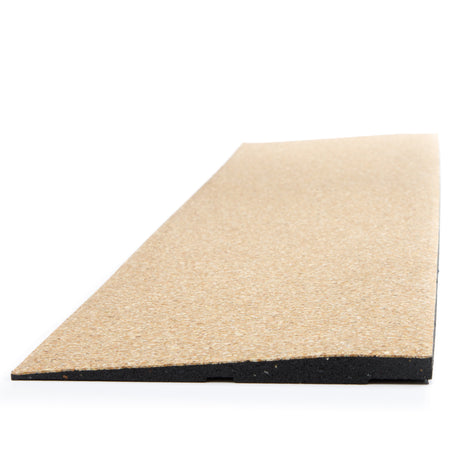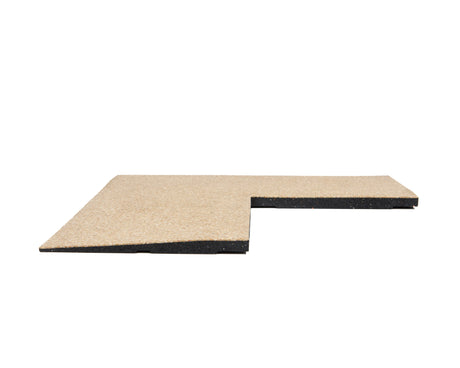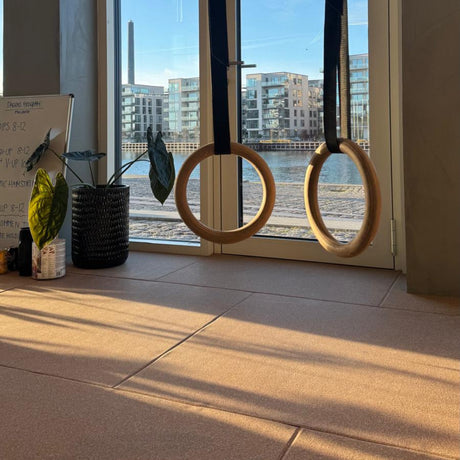Why Strength Training Matters
Building strength in your own home improves everyday function—lifting shopping bags, climbing stairs or playing with the kids—while also boosting bone density, metabolic rate and mood.
You don’t need fancy machines: bodyweight, a sturdy chair or household items (like water bottles or cans) are all you need to get started. Regular resistance work also helps maintain muscle mass as you age, reducing fall risk and improving balance.
Getting Started: Equipment and Safety

Even if you have zero kit, you’re good to go. Non-slip gym mats and a stable chair will cover most needs, plus any light dumbbell weights or filled water bottles for progression. Always warm up with 5–10 minutes of brisk walking on the spot or marching with knees high, then mobilise your joints (ankles, hips, shoulders).
Aim for two sessions per week, allowing at least one full rest day between. Keep knees bent or spine neutral as instructed, breathe out on exertion, and never hold your breath.
10 Essential Exercises
1. Mini-Squats (Sit-to-Stand)

Starting position: Stand behind a stable chair, hands lightly resting on the back, feet shoulder-width apart, knees bent at 90 degrees.
How to: From seated, lean slightly forward, then drive through your heels to stand, keeping chest upright. Slowly lower back down until your glutes touch the chair, then repeat 8–12 reps.
Tip: As you progress, remove hand support and lower yourself only just above the chair (a shallow squat) before rising again.
2. Modified Push-Ups

Starting position: On hands and knees (or facing a wall), hands shoulder-width apart, knees or feet supporting you, spine neutral.
How to: Brace your core, bend elbows to lower chest until it’s a few inches from the floor (or wall), then push back up to straight arms. Aim for 6–10 reps.
Tip: Keep elbows at about 45° to your body, and imagine pushing the floor away to protect your shoulder blades.
3. Glute Bridges

Starting position: Lie on your back, knees bent, feet flat and hips-width apart, arms by your sides.
How to: Press through your heels, squeeze your glutes and lift hips until there’s a straight line from shoulders to knees. Pause, then lower down under control. Repeat 10–15 times.
Tip: Imagine pushing your hip bones towards the ceiling; avoid over-arching your lower back.
4. Plank

Starting position: On forearms and toes (or knees), elbows under shoulders, body in a straight line, core braced.
How to: Hold this high-bridge position for 20–30 seconds, aiming to increase by 5 seconds each session.
Tip: Keep hips level (not sagging or hiking) by drawing belly button to spine and squeezing glutes.
5. Split Squats

Starting position: Stand next to a support (wall or chair) for balance, feet hip-width apart. Step one foot back and rest toes lightly on the floor.
How to: Lower your back knee toward the ground until the front thigh is parallel to the floor, keeping torso upright. Press through front heel to rise. Do 8–12 reps per leg.
Tip: Start shallow (knee only dips a few inches); deepen as strength improves.
6. Superman

Starting position: Lie face down on a mat, arms extended overhead, legs straight back.
How to: Simultaneously lift chest, arms and legs off the floor, contracting your posterior chain. Hold 2–3 seconds, then lower. Repeat 10 times.
Tip: Keep your gaze on the floor to maintain neck neutrality and avoid strain.
7. Step-Ups

Starting position: In front of a sturdy step or low bench, feet hip-width apart.
How to: Step up with your right foot, press through heel to stand fully on the bench, then step down leading with the same foot. Do 8–12 reps per leg.
Tip: Keep hips level; don’t push off with the trailing leg—drive energy through the working leg.
8. Heel Raises

Starting position: Stand behind a chair, feet hip-width apart, hands lightly on the backrest.
How to: Keeping knees straight, lift heels off the floor as high as possible, then lower under control. Repeat 12–15 times.
Tip: For more challenge, perform single-leg heel raises, using the chair only for light support.
9. Bird Dog

Starting position: On hands and knees, hands under shoulders and knees under hips, spine neutral.
How to: Extend right arm forward and left leg back until they’re parallel to the floor. Pause 2–3 seconds, then return. Alternate sides for 8–10 reps each.
Tip: Keep hips square; avoid rotating your torso as you lift limb.
10. Wall Sit

Starting position: With back against a wall, feet shoulder-width apart and about 30 cm from the wall. Slide down until thighs are parallel to the floor.
How to: Hold for 20–30 seconds, building up to 1 minute as you get stronger.
Tip: Keep knees directly above ankles and maintain a 90° angle at hips and knees.
Benefits of Bodyweight Exercise

Progression and Programming
To continue making gains, gradually increase the challenge of each exercise—this concept is known as progressive overload. You can add more repetitions, slow down your tempo (for example, lower in 3–4 seconds), or introduce light household weights (water bottles, cans) as resistance. If you own some light dumbbells or a weight plates, these are good tools to introduce into your routine.
Aim to reassess your routine every 2–3 weeks: if 12 repetitions feel easy, raise the difficulty by adding another set or reducing rest between sets. Consistency is key—plan at least two strength workouts per week and slot them into your calendar just like any other appointment. A good way to invest in regular home workouts is to create a specific area with home gym essentials that help establish a routine, while also keeping you motivated.

For beginners, a simple programme might look like Circuit A one week (mini-squats, modified push-ups, glute bridges, plank) and Circuit B the next (split squats, superman, step-ups, bird dog), alternating so each muscle group gets worked twice every fortnight.
Over time, you can combine both circuits into a full-body workout or increase frequency to three sessions weekly, ensuring you still have at least one rest day between sessions. Tracking your progress in a notebook or an app helps you see when to push harder—and keeps you motivated when you review how far you’ve come.
Recovery and Nutrition
Adequate recovery underpins all strength gains: muscles repair and grow during rest, not during the session itself. Ensure you get 7–9 hours of sleep per night to optimise hormone levels and muscle repair.
Between workouts, light activity—such as walking or gentle stretching—can promote blood flow and reduce soreness without overtaxing fatigued muscles.

Nutrition plays a vital role: aim for a balanced plate with protein (chicken, beans or dairy), complex carbohydrates (whole grains, vegetables) and healthy fats (nuts, olive oil) at each meal.
Protein intake of around 1.2–1.6 g per kilogram of bodyweight per day supports muscle repair, while carbohydrates refill glycogen stores for your next session.
Staying hydrated—drinking at least 1.5–2 litres of water daily—ensures nutrients reach your muscles efficiently and helps regulate body temperature during exercise.
FAQs
What is the best strength training at home?
A mix of compound moves—squats, push-ups, planks and lunges—works all major muscle groups. Modified push-ups and seated exercises make it accessible for beginners. Combining these exercise with light weights will also help to build lean muscle and develop strength.
What are the big 5 strength exercises?
Commonly, those are squat, deadlift, bench press, overhead press and row. If you don't have equipment at home, mini-squats, glute bridges, push-ups, bird dogs and wall sits cover similar movement patterns.
Is 30 minutes of strength training a day enough to build muscle?
Yes—10–15 minutes of targeted resistance exercises, done 2–3 times a week, can increase strength and muscle tone, especially for beginners.
What is the 5 4 3 2 1 workout method?
This method typically refers to a descending rep scheme—5 reps of one exercise, then 4 of the next, down to 1—repeated as a circuit. It’s a time-efficient way to vary intensity.
How can I train at home without equipment?
Focus on bodyweight moves: squats, push-ups (modified), planks, bird dogs, step-ups (on a stair), and heel raises—no kit needed.
Will training with weights help me to build muscle faster?
Yes adding weights to a standard strength routine will boost muscle growth.
If you're looking to build regular exercise into your routine, why not create a small home workout space for safe and consistent training? Browse our home fitness mats to get started.

